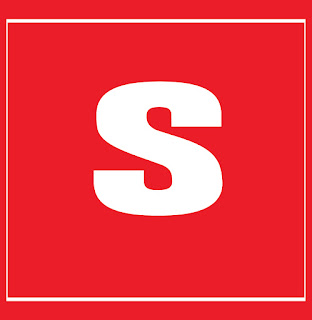The print head of the Stalwart machine consists of up to four print rollers, which run in troughs containing a thin print paste, with the carpet pile to be printed being pressed against the upper surface of the print roller from behind. The print rollers are arranged at 45° to the vertical, one above the other (Figures 4.1 and 4.2). Maximum running speed is about 6 m min–1. The individual print rollers consist of a steel-centred wooden bowl on the surface of which is mounted the design. The design is cut from thick rubber sheet covered with a nylon or polyester fibre pile. The relative simplicity of this machine ensured its success at a time when two- or three-colour blotch designs on plain ground shades were popular. Fitting patterns with 100% coverage cannot be printed, so the ground shades are obtained either by printing on predyed carpet or by wet-on-wet printing on to a prepadded or cover-printed ground. There is also limitation in line definition, as the narrowest rubber strip that can be mounted on the roller is about 4 mm wide. The machine has, however, proved ideal for the production of the so-called shadow-printed effects on long-pile carpets, which have remained in fashion for many years.
CARPET PRINTING
The print head of the Stalwart machine consists of up to four print rollers, which run in troughs containing a thin print paste, with the carpet pile to be printed being pressed against the upper surface of the print roller from behind. The print rollers are arranged at 45° to the vertical, one above the other (Figures 4.1 and 4.2). Maximum running speed is about 6 m min–1. The individual print rollers consist of a steel-centred wooden bowl on the surface of which is mounted the design. The design is cut from thick rubber sheet covered with a nylon or polyester fibre pile. The relative simplicity of this machine ensured its success at a time when two- or three-colour blotch designs on plain ground shades were popular. Fitting patterns with 100% coverage cannot be printed, so the ground shades are obtained either by printing on predyed carpet or by wet-on-wet printing on to a prepadded or cover-printed ground. There is also limitation in line definition, as the narrowest rubber strip that can be mounted on the roller is about 4 mm wide. The machine has, however, proved ideal for the production of the so-called shadow-printed effects on long-pile carpets, which have remained in fashion for many years.





Post A Comment:
0 comments: